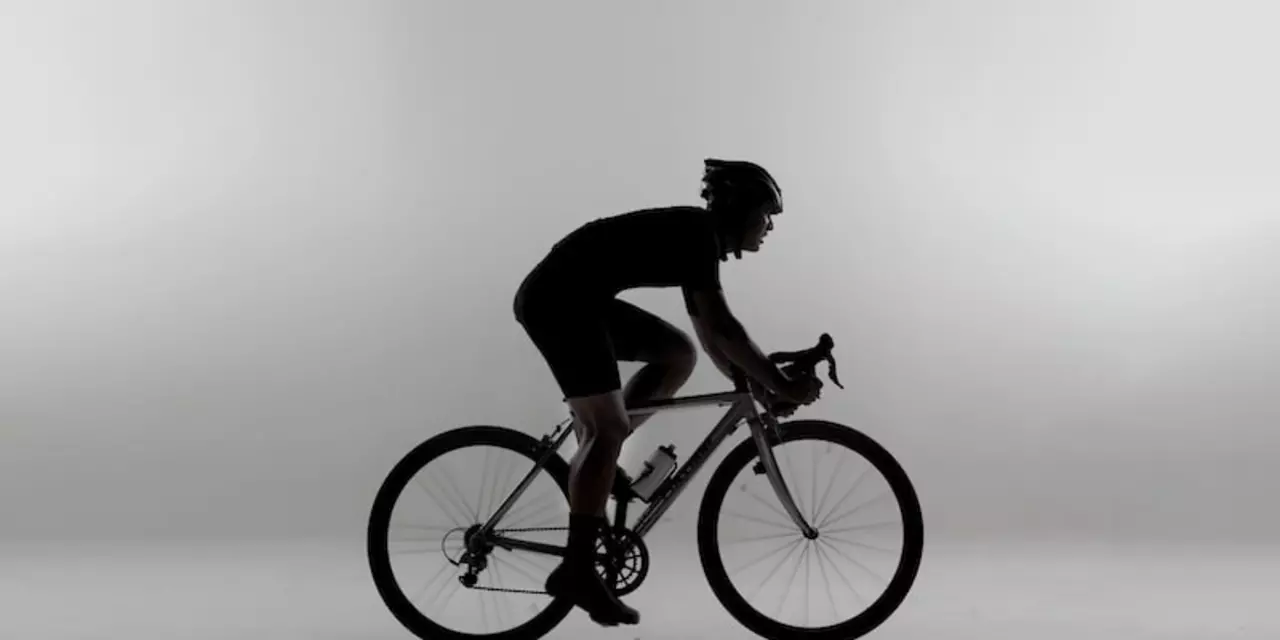Comfort in Cycling – Easy Tips for a Pain‑Free Ride
Anyone who’s spent hours on a bike knows that comfort can make or break a ride. A few simple tweaks to your bike, your gear, and your riding style can turn a painful grind into a smooth cruise. Below are the most useful, no‑nonsense ideas you can try today.
Fit Your Bike Right
The biggest comfort upgrade starts with a proper fit. If your saddle is too high, you’ll feel a slump in your legs; too low and your knees will ache. Sit on the bike with your feet on the pedals at the 3‑and‑9‑o’clock positions – your knee should have a slight bend. Adjust the saddle tilt so it’s level; a tilted saddle sends pressure to soft spots.
Handlebar height matters too. If you’re cramped over the bars, your back and shoulders will punish you after a few kilometres. Raise the bars or flip the stem to a shallower angle until you can sit upright without hunching. A relaxed posture keeps your breathing steady and reduces neck strain.
Don’t forget the reach. Your elbows should have a comfortable bend, not locked straight. If you’re reaching too far, consider a shorter stem or a larger handlebar size. Small changes here can cut wrist fatigue dramatically.
Gear & Clothing for Comfort
Bike shorts are a game‑changer. Look for a pair with a padded chamois and a snug, breathable fit. The padding reduces friction and cushions the sit‑bones, especially on longer rides. Avoid loose shorts that bunch up – they’ll cause chafing.
When the weather gets cool, layer with a light, moisture‑wicking jersey. A breathable fabric pulls sweat away and stops you from feeling sticky. If you ride in the heat, a well‑ventilated jersey helps keep your body temperature down, which in turn lessens fatigue.
Shoes matter as well. Stiff soles give a solid platform for your feet, while a proper cleat fit prevents hot spots. If you’re on a commuter bike, a good pair of padded, walkable shoes can make off‑bike transitions painless.
Take a moment to check your saddle padding. Some riders swear by a gel seat cover; others find a thin foam pad better. Try different options and see what feels right for your anatomy.
If your bike has any suspension – front fork or seatpost – set it to a softer setting for comfort‑focused rides. Too stiff a suspension sends every bump straight to you, while too soft can make you feel wobbly. Adjust until you get a smooth feel on typical road surfaces.
Proper tyre pressure also impacts comfort. Over‑inflated tyres feel harsh and transmit road buzz; under‑inflated ones can pinch and cause flat‑spotting. Check the sidewall for recommended pressure and tweak a few psi up or down based on your weight and the terrain.
Even the simplest accessories can boost comfort: a set of ergonomic grips softens road vibration, and a lightweight saddlebag keeps extra gear out of the way. Keep your bike clean and well‑lubed – a squeaky chain or rusty bolts can cause unnecessary wobble that rattles your hands.
Don’t forget hydration. Dehydration makes muscles cramp, which feels like extra discomfort on the bike. Carry a bottle or use a hydration pack and sip regularly, even if you don’t feel thirsty.
Lastly, listen to your body. If you feel a niggle, stop, stretch, and adjust. Riding with pain only worsens the problem and kills the fun factor. A quick break to shake out your legs or adjust your seat can save you from a longer injury.
By fine‑tuning fit, picking the right clothing, and staying aware of how you feel, you’ll notice a huge jump in comfort. Your rides become longer, faster, and far more enjoyable. Give these tips a try on your next outing and feel the difference right away.
How far can you cycle comfortably without bike shorts?
Bike shorts are an essential part of cycling comfort: they provide cushioning and support to prevent chafing and saddle sores, and keep you cool on hot days. However, some cyclists prefer to go without bike shorts for a variety of reasons. This article provides tips on how to cycle comfortably without bike shorts, including proper bike fit and the use of chamois cream or an alternative padding. Furthermore, the article outlines how far you can comfortably cycle without bike shorts, depending on factors such as saddle type, bike fit, and your own personal cycling experience. In conclusion, while bike shorts are an important part of cycling comfort, it is possible to cycle comfortably without them, provided that you make adjustments to your bike fit and use other protective measures.
More